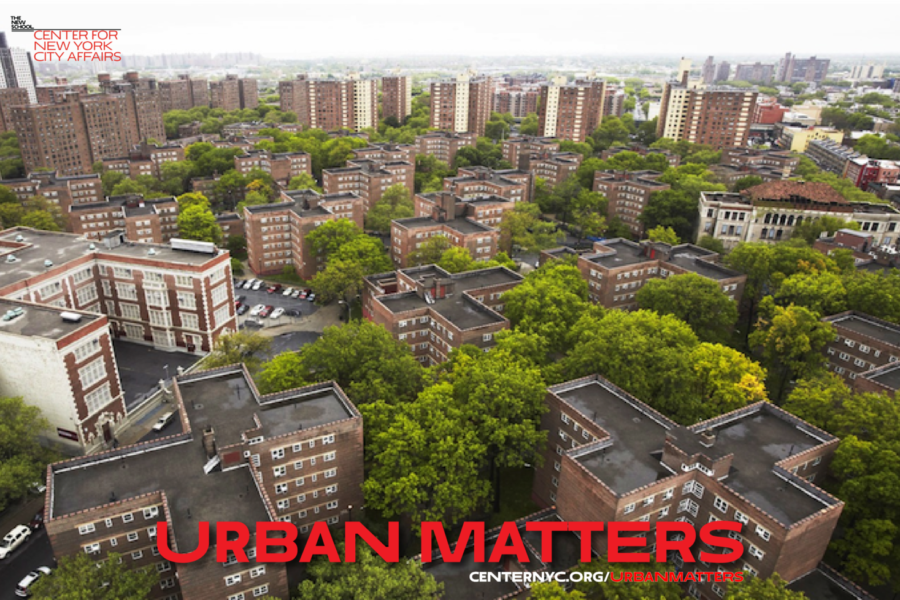In New York City, unemployment has fallen well below the 10%-plus peak it reached after the global financial meltdown and recession of 2008. While that’s hopeful news, it obscures a glaring divide: This recovery hasn’t benefitted the city’s neighborhoods equally. Take Brownsville, Brooklyn, for example, where only 56% of the working-age population is employed or actively looking for work, compared with 63% citywide. Largely overlooked in the headlines, the neighborhood’s longstanding gap in labor force participation contributes to trapping more than a third of the local population below the federal poverty line.
Traditionally, efforts to improve employment outcomes have centered on policy debates: Should the City fund one approach to job training or another? Toward which fields should agencies steer job seekers? These debates matter, but they too often overlook the equally important question of how each approach is implemented and delivered– that is to say, the design of the system itself.
The fact is that Brownsville residents don’t lack the motivation to work; the neighborhood has among the highest usage rates of the City’s workforce services. Yet placements into jobs happen at a far lower rate for Brownsville residents. A neighborhood-level view of unemployment “hot spots” like Brownsville helps to explain why: large gaps in access to basic employment services and supports like child care; missing or broken linkages between existing programs; and program rules ill-suited to the particular challenges faced by job seekers from high-poverty neighborhoods.
It doesn’t have to be this way.
When we look outside the human services sector, we quickly find excellent solutions for designing high-performing systems and experiences rooted in the needs and attributes of specific users. Urgent care centers are good examples. Patients are seen quickly and cost effectively, they are triaged intelligently on the basis of their circumstances, and most people leave having secured the help they needed when they arrived. If these facilities can be navigated so simply and reliably by a variety of different users, why do employment programs, in which we invest billions of taxpayer dollars each year, routinely confound the people most in need of their help while failing to deliver results for many users?
In Brownsville, this reality may be changing now that a group of strong workforce players is coming together to build a neighborhood-specific employment strategy focused on the community’s distinct challenges. The strategy is rooted in a user-centered redesign of the workforce development system and has implications for low-income neighborhoods throughout the city.
The team driving this shift is strikingly broad, encompassing nonprofit and for-profit workforce training and placement programs, the City Department of Small Business Services (which oversees employment programs), private employers, and a growing group of Brownsville residents. This diverse group is bringing a sense of urgency to the question of what it would take to bring neighborhood employment levels in line with the rest of the city.
So far, we know that reaching this goal within three years will require at least three changes.





